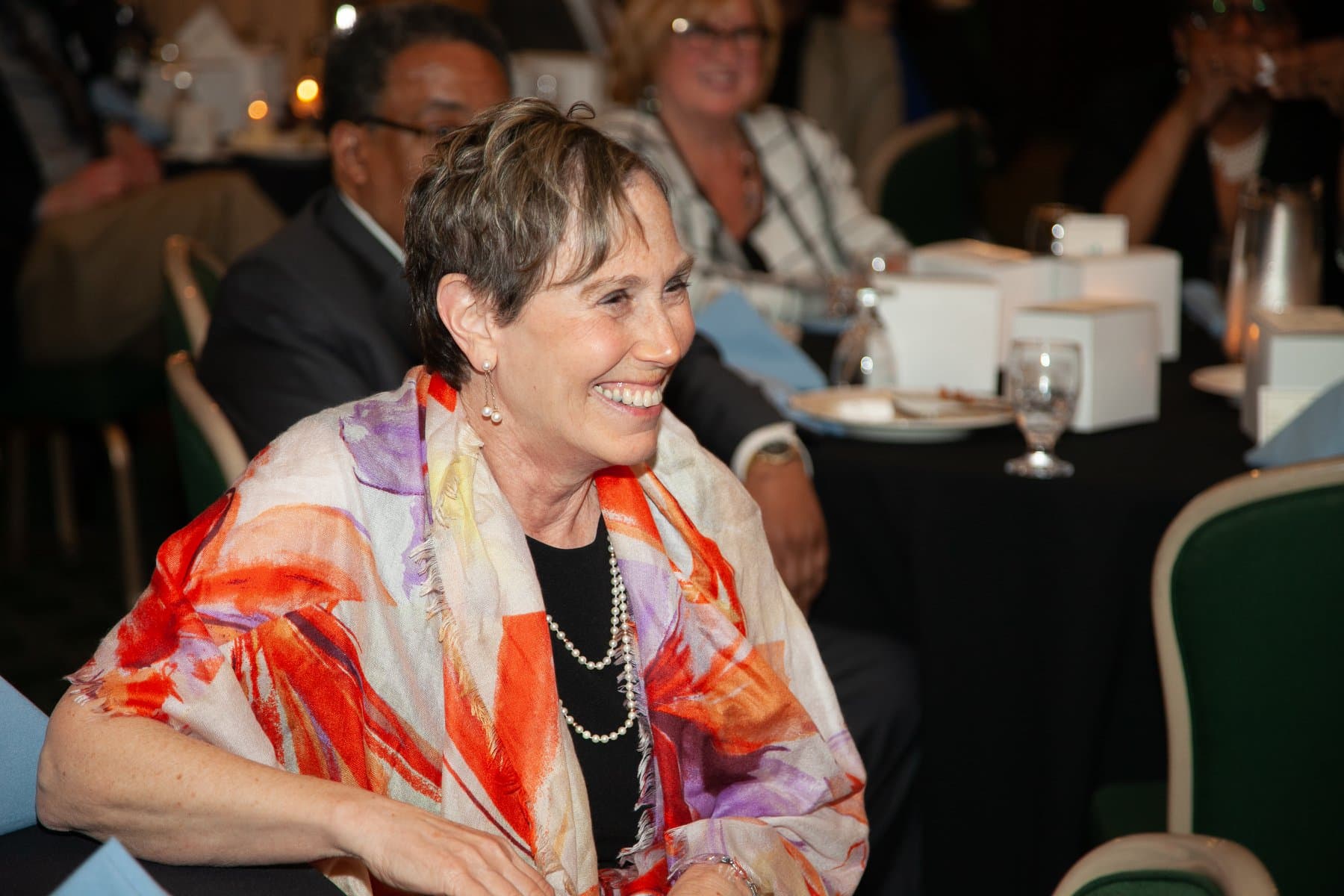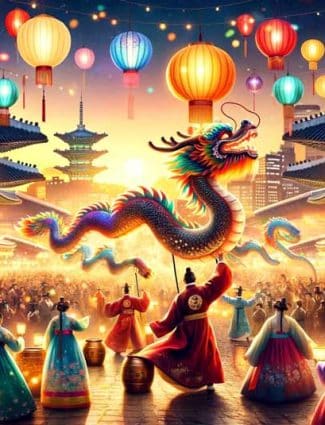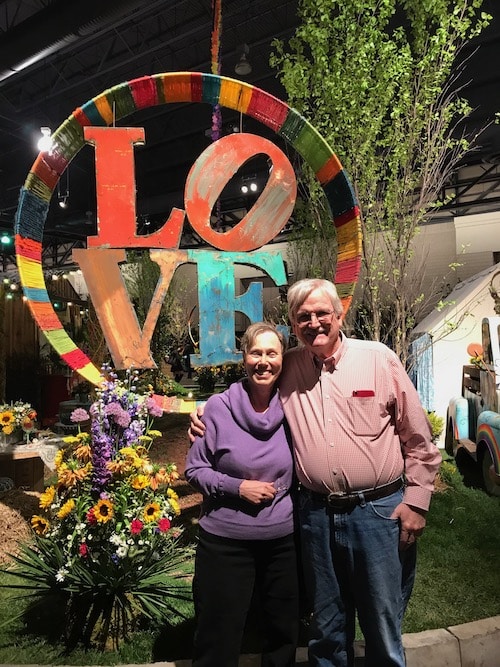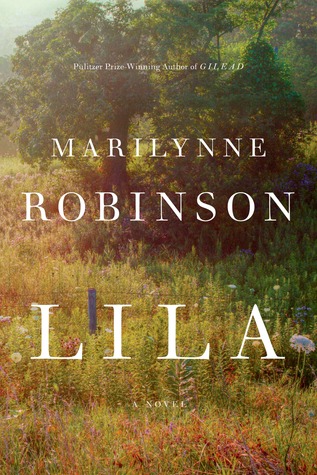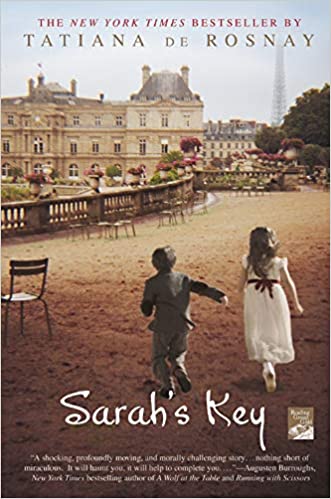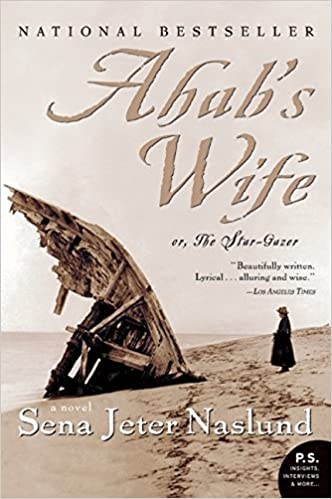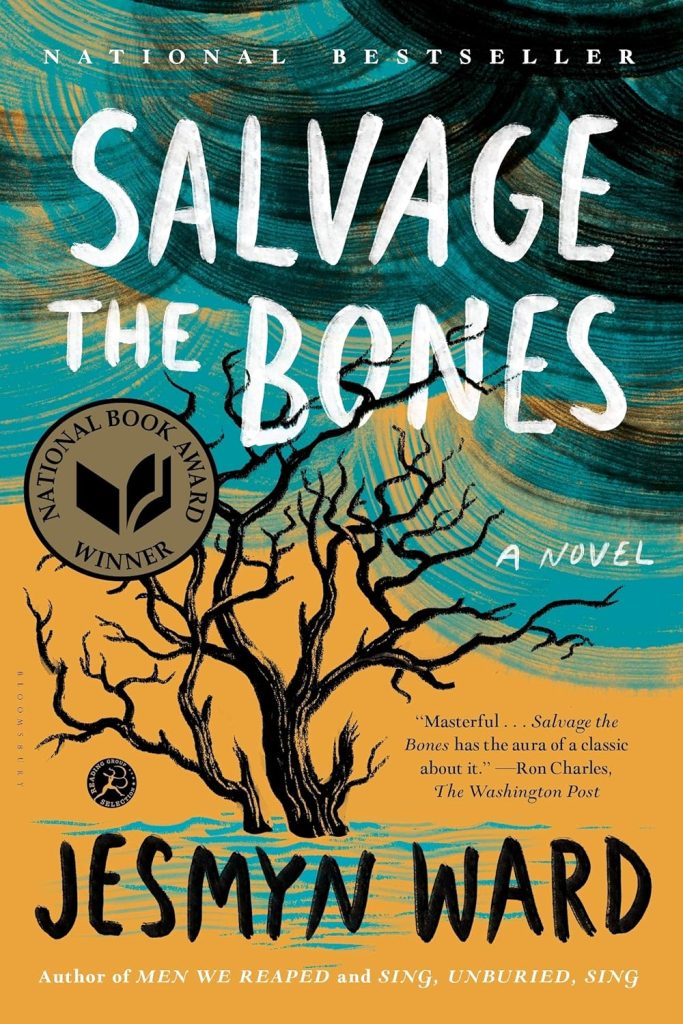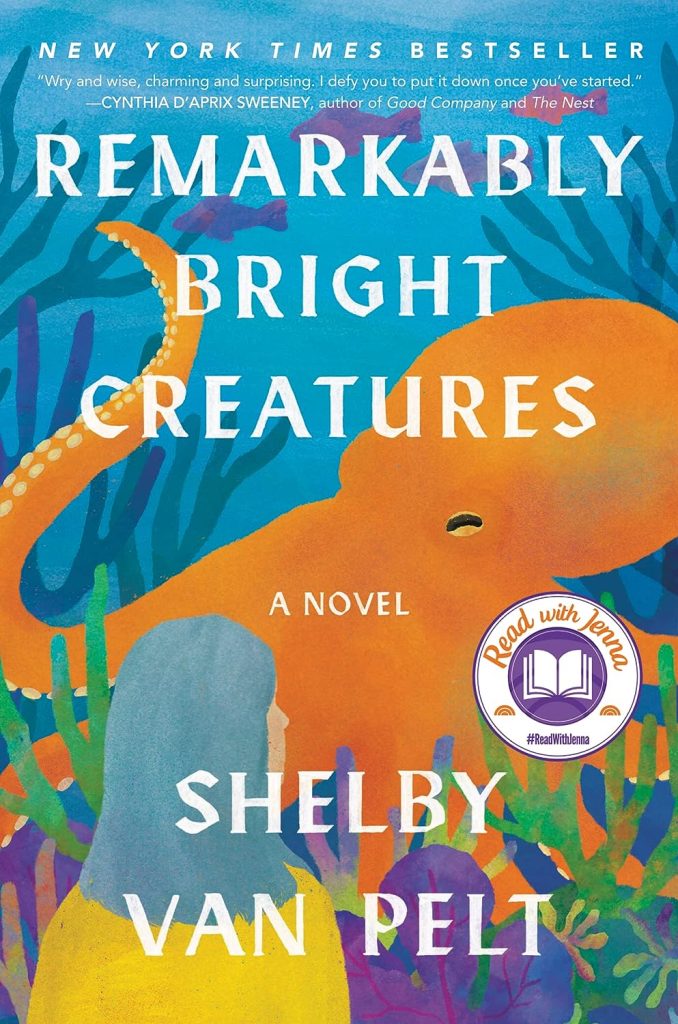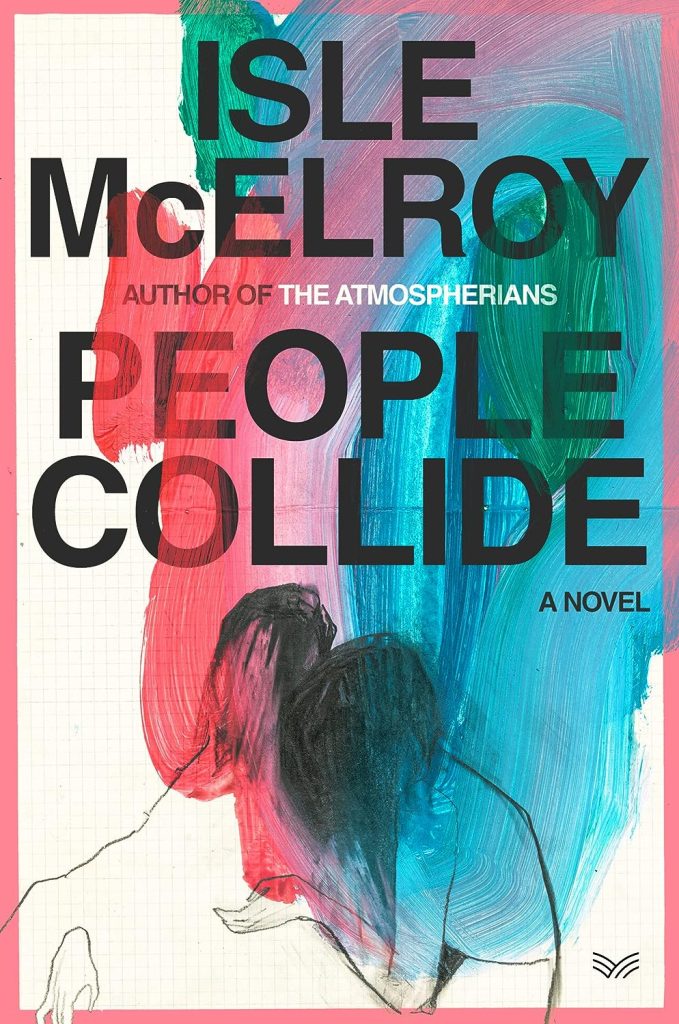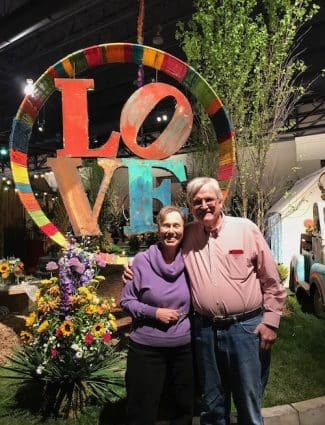
Can I Be Too Visionary and Romantic?
Thoughts on the Year of The Dragon
Estimated reading time: 1 minute, 3 secondsAlthough I was not born in the Year of the Dragon, I have always felt like a visionary and a romantic who strives to see beyond what is immediately apparent. Recently, I stumbled upon a captivating book called “Fourteen Days: A Collaborative Novel.” One of the stories explores the concept that we may be under the illusion of being separate beings, but in reality, we are all connected on a more profound level. This idea challenges conventional notions of individuality and suggests that there may be more to our existence than meets the eye. This idea is thought-provoking and inspiring, leaving me to wonder what other hidden connections exist in our world.
I have a beautiful vision – a future where I am surrounded by a kindred spirit whom I love and can share my life with. This person would not replace my late wife, but rather someone who can offer me the love and companionship she would have wanted for me.
Last year, I met someone extraordinary. Though I may have talked about a future together too soon, I recognize that I am still learning to navigate the delicate balance between welcoming and overwhelming others. Being mindful of this will help me build meaningful relationships filled with love, trust, and respect.
